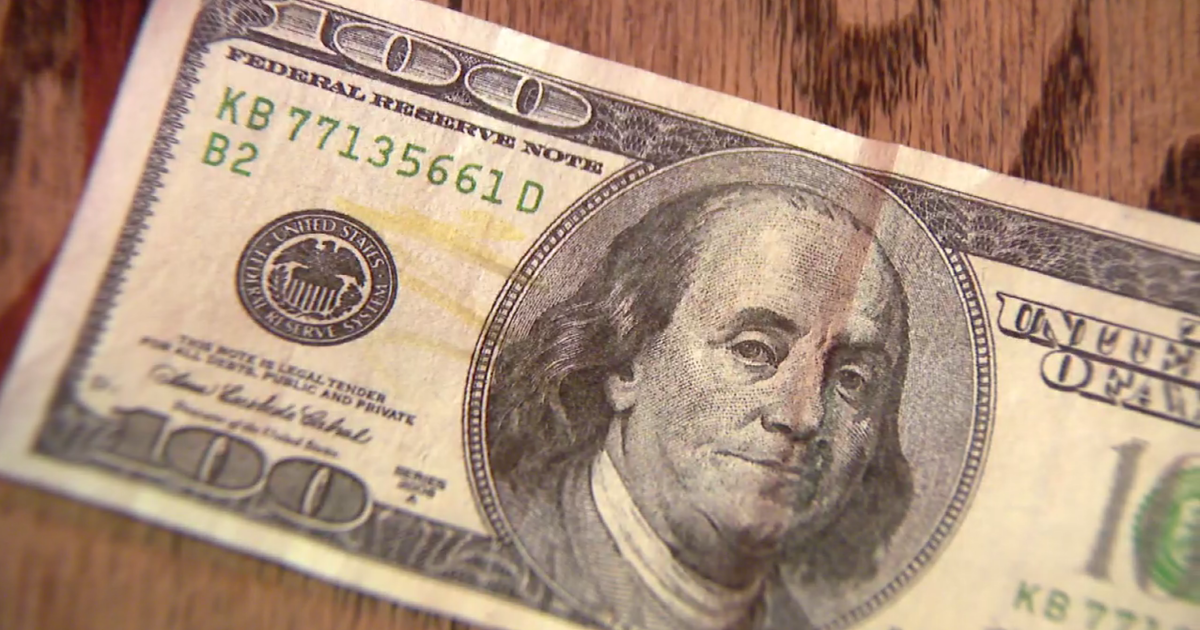In today’s digital age, piracy has become a significant concern across various industries involving finance, healthcare, and technology. counterfeit money Australia products can pose a serious threat to the authenticity of goods and services, leading to economic harm and damage to the image of companies. As a result, the development of anti-counterfeiting technologies has gained maturity in recent years. In this article, we will explore some of the advanced anti-counterfeiting technologies that are being used to protect products and prevent counterfeiting.
One of the most common anti-counterfeiting technologies is optical technology. A hologram is an optical element that encodes unique and intricate designs that are difficult to replicate. Holograms are often used on credit cards to prevent forgery. Hologram technology can be used in various forms, including optically varnished holograms. These holograms are designed to be highly resistant to hacking and can be easily detected by security professionals.

Another advanced anti-counterfeiting technology is QR code technology. RFID is a wireless communication technology that uses radio waves to communicate between a tag attached to a product and a reader device. RFID tags are used to store unique identification numbers that can be scanned and verified at the point of sale. This technology allows for real-time tracking of products and can be used to detect counterfeit products. RFID tags are also used in combination with other technologies such as GPS.
QR codes are another form of anti-counterfeiting technology that is becoming increasingly popular. A QR code is a hybrid code that stores unique information such as a product’s serial number, expiration date, and manufacturing information. QR codes are often used on food products to prevent counterfeiting. When scanned with a smartphone, a QR code can reveal information about the product, including its authenticity. QR codes can also be used to link to a company’s website where consumers can verify the product’s legitimacy.
DNA-based authentication is another innovative anti-counterfeiting technology that is being used to prevent the proliferation of counterfeit goods. DNA-based authentication involves encoding a product with a unique DNA tag that can be verified at the point of sale. This technology is particularly useful for pharmaceuticals, where the legitimacy of a product is critical to consumer health. DNA-based authentication is a highly secure technology that is resistant to tampering and can detect counterfeiting attempts.
Another technology being used in anti-counterfeiting efforts is cloud security technology. Blockchain technology is a decentralized and secure way to store and verify data. It is being used by companies to create and manage secure authentication databases that track the origin, movement, and ownership of products. Blockchain technology can help to prevent counterfeiting by allowing buyers and sellers to verify the credibility of a product in real-time. Blockchain technology is also being used to create digital certificates that contain legitimization information about a product.
Biometric authentication is another advanced technology being used to prevent counterfeiting. Biometric authentication involves using unique human characteristics such as facial recognition to verify identity. Biometric authentication is being used to secure secure access and access control this technology is particularly useful for high-stakes applications such as identity verification.
Anti-counterfeiting technologies are being continuously developed and refined to stay ahead of counterfeiters. The use of advanced technologies such as RFIDS will continue to play a critical role in protecting the authenticity and credibility of products. As innovation in these technologies accelerates, companies will be able to more effectively fight counterfeiting and protect their consumers from counterfeit goods.
